My Classroom Economy And Why It Works Super Easy
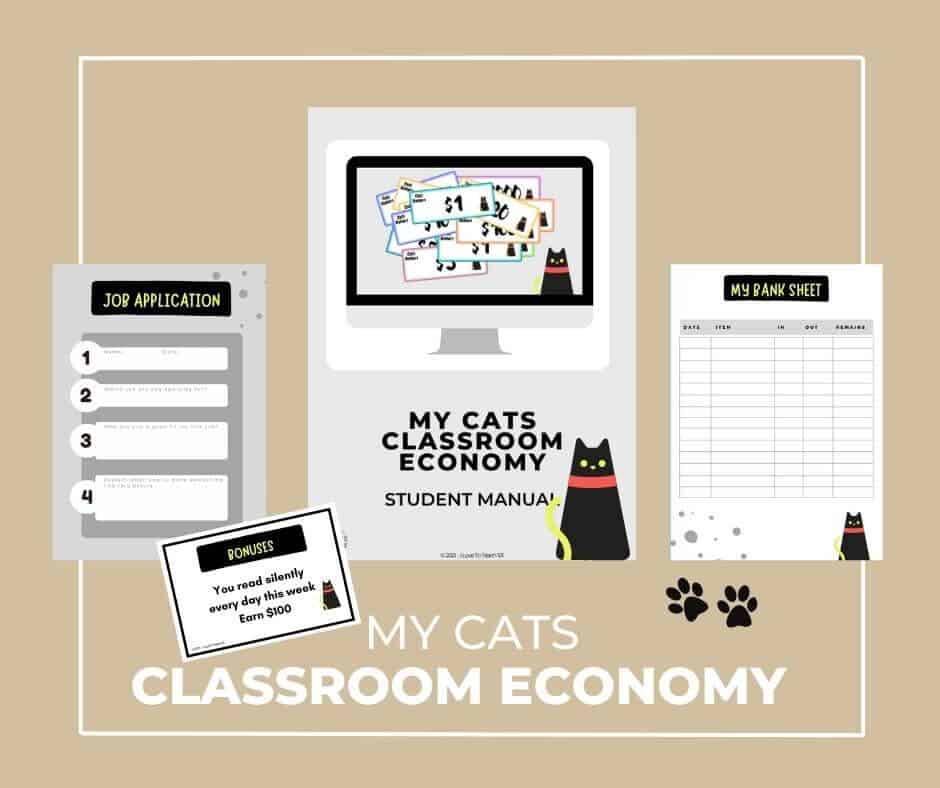
A classroom economy is a powerful way to help students focus, engage in active learning, and take responsibility for their actions. I’ve successfully run a classroom economy for over fifteen years, and it has transformed student behaviour, work ethic, and classroom management.
I remember one particularly tough class where it worked wonders. Several weeks after introducing the system, the Special Ed teacher walked in and froze in amazement. The students were all at their desks, engaged in their work—no arguments, no complaints, just quiet productivity.
“Wow, the second bell just rang, and they’re already working! That’s amazing! What have you been doing?” she asked in disbelief. This was a class known for disruptive behaviour and learning difficulties.
“It’s because of my classroom economy system,” I explained. “We created pretend money, set up a few rules, and opened a shop. This is the eighth week, and the work they’ve completed is outstanding.”
Students were motivated by the classroom shop, eager to earn and spend their hard-earned ‘Cats Dollars’ on Fridays—if the shop opened. Peer pressure became a positive force, encouraging everyone to complete their work. The results? Improved behaviour, happier students, and a much smoother classroom environment.
Starting a classroom economy may seem overwhelming, but with a little planning, you’ll have a system that practically runs itself. Let’s break it down step by step!
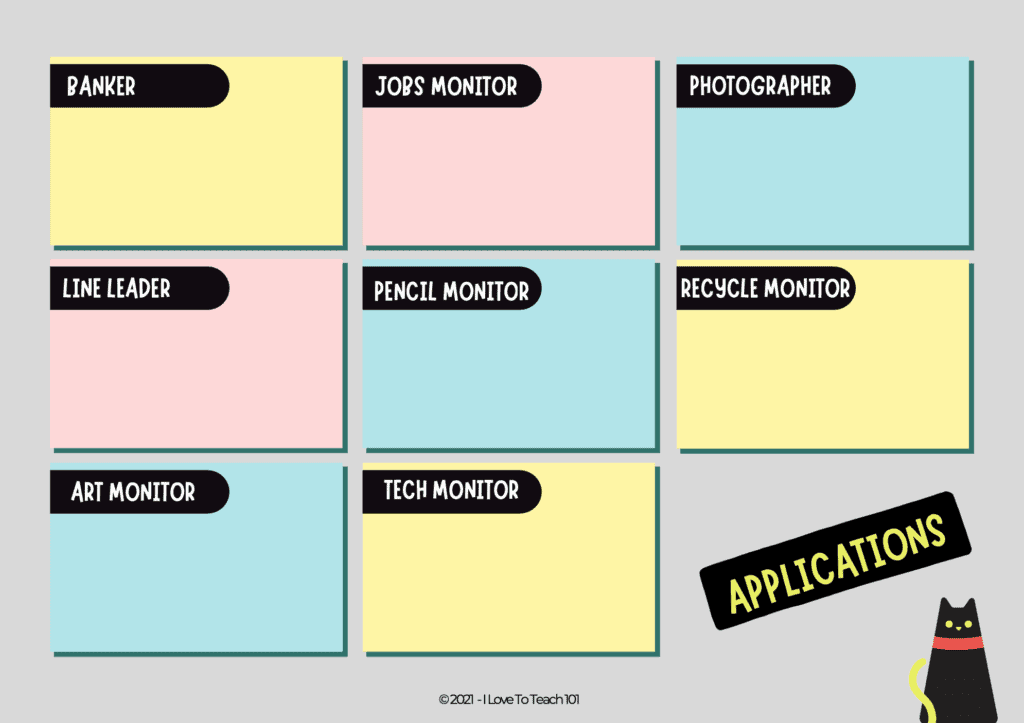
A classroom economy gets the jobs done
1️⃣ List essential classroom jobs and decide how much each is worth. At first, I adjusted the pay scale based on job popularity but later found it easier to keep all jobs the same value.
2️⃣ Payday is Friday, a great motivator to keep students engaged all week. It also coincides with shop day (more on that later!).
3️⃣ Students complete a simple job application, explaining why they’re the right fit. If multiple students apply, I select one and keep a waiting list for the next job rotation.
4️⃣ Job cards outline each role’s expectations. For younger students, adding a photo helps clarify responsibilities. These cards are available on my class website for quick reference.
5️⃣ Teacher assistants play a key role in keeping the system running smoothly. I try to assign one per group so responsibilities are evenly distributed.
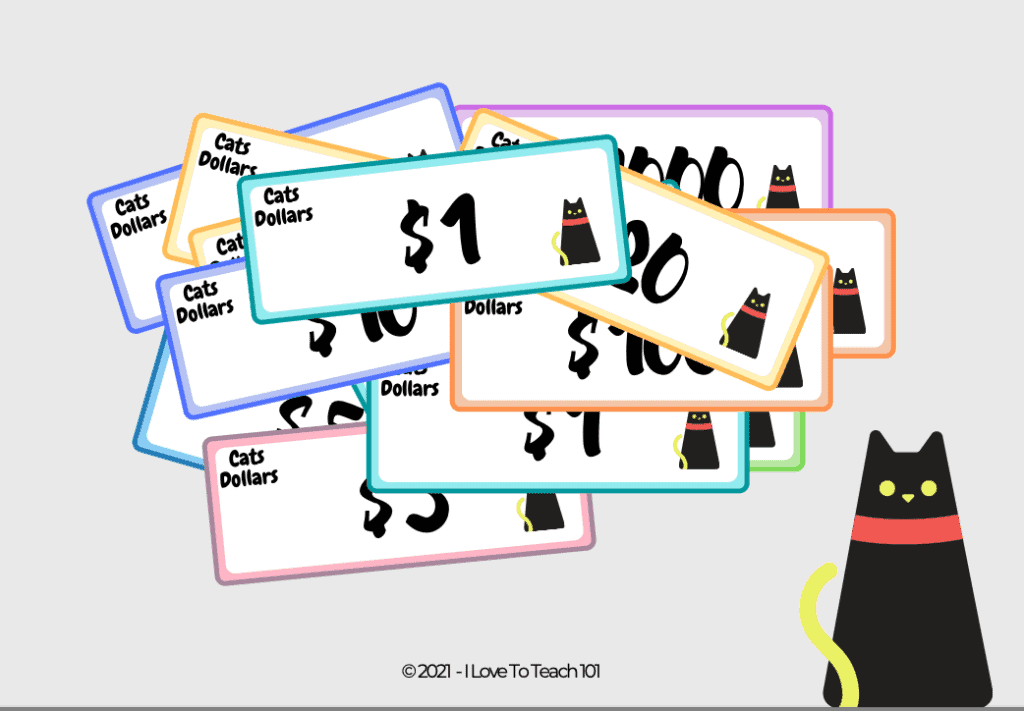
Cats Dollars: The class currency
Students love personalising their classroom money. We’ve used: ✅ ‘Cats Dollars’
✅ ‘Skinner Dollars’ (after my name)
✅ ‘Owl Dollars’ and ‘Monkey Dollars’ (to match classroom themes)
💡 Printing tip: Limit your class currency to a few denominations. If you want them to last, laminate them and have older students cut them out—it gets them excited about using the economy system!
💡 Pro tip: Keep a stash of Cats Dollars handy to reward positive behaviour, acts of kindness, or critical thinking. While I do have penalty cards, I prefer not to take away money as a punishment—it’s more effective to reinforce positive actions.
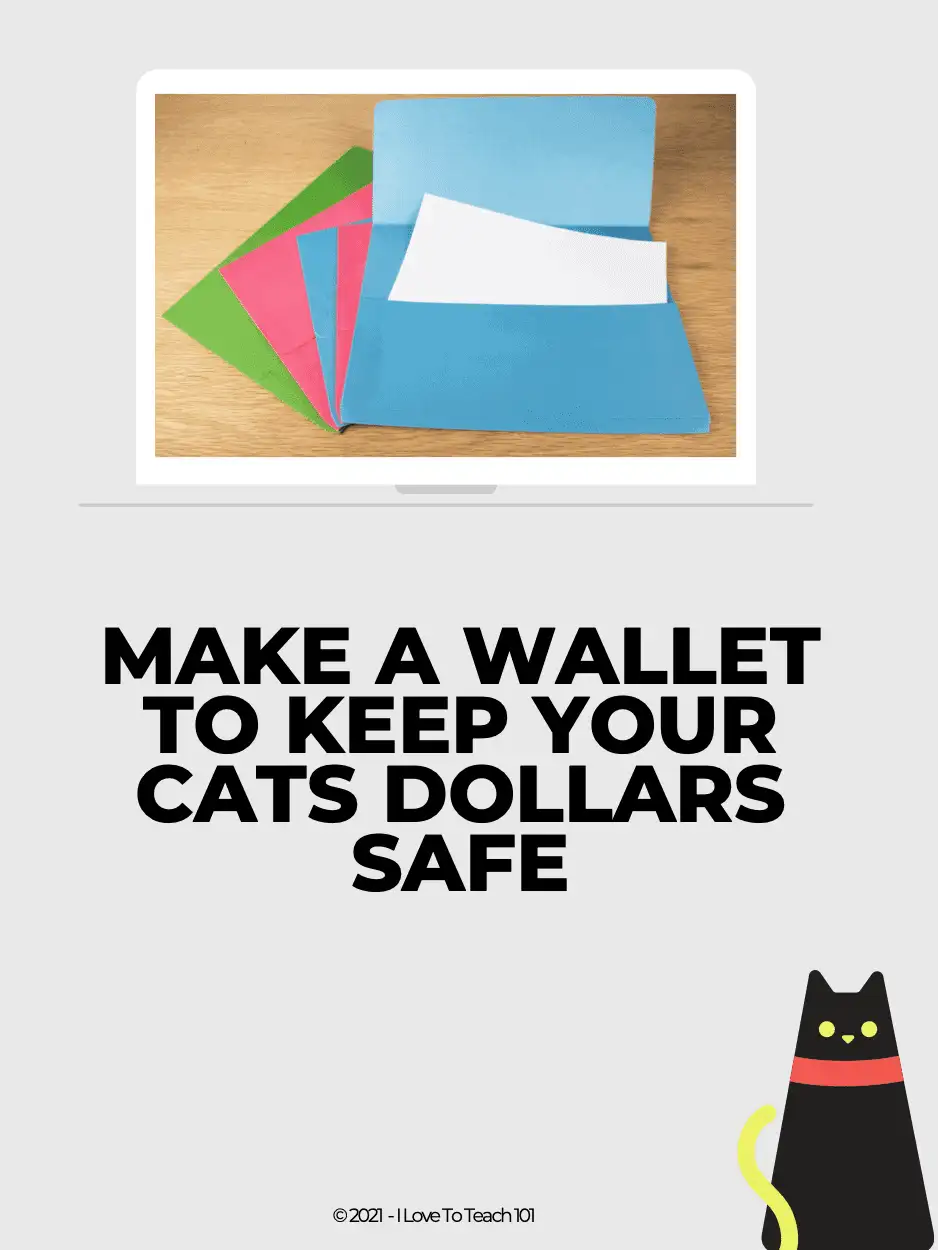
Classroom economy wallets
A classroom economy is much more fun when students have a wallet for their money!
📌 Trial and error: I started with envelopes, but they lacked the wow factor. Then I found Smiggle wallets, which my students loved—especially the bright colours! However, Smiggle wallets can be pricey.

🎨 DIY options: Encourage students to make their own wallets from folded and stapled card, envelopes, or even pencil cases. This gives them ownership and creativity in the process.
📂 Storage: You can collect wallets daily and keep them in a filing cabinet, or let students keep them in their desks or binders.
Set up a class bank
A class bank teaches financial responsibility and savings habits.
🏦 I use a small lockable metal box, but any container will do. The banker (a rotating student job) manages the money, boosting their confidence and leadership skills.
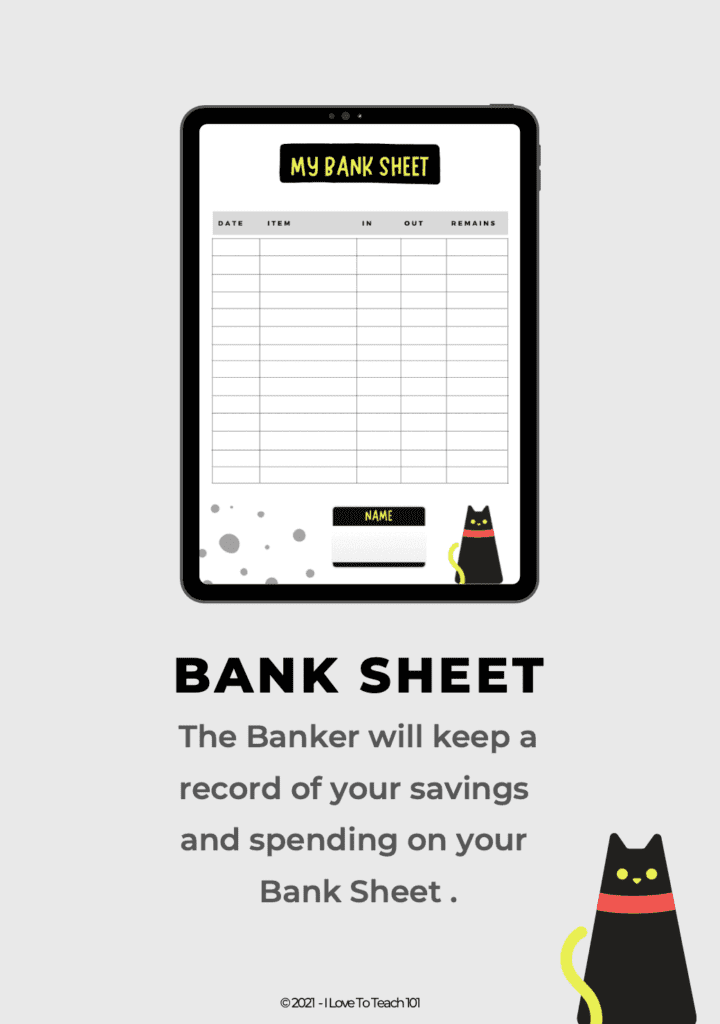
💻 Digital option: If your students have access to devices, you can use an online banking system. I have used an online banking system where you can set up all of your class bank accounts in less than an hour. However, I’ve found manual banking works best, especially for students with learning difficulties—it’s more tangible and engaging.
Or just use dojo points ( ie one point could equal one cent).
The class shop: The ultimate motivator
🛍️ The classroom shop is the highlight of the economy system. To participate, students must complete all weekly work before the last lesson on Friday. This creates a natural incentive to stay on task.

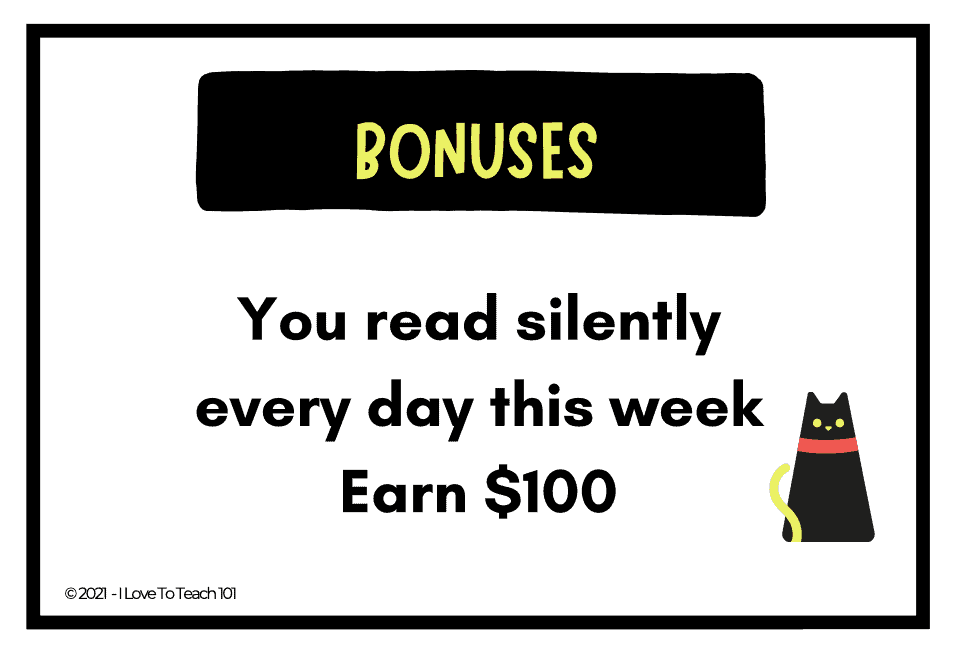
💰 What’s in my class shop? ✅ 10 FREE rewards (e.g., lunch with the teacher, extra computer time)
✅ Low-cost prizes (Smiggle stationery, EB Games vouchers but they have to save for months to get these)
✅ Special treats (chocolate bars and lollies—limited to one per week!). Ask for the shop and the shop stays shut for another week.
🏦 Savings option: Some students prefer to save their Cats Dollars instead of spending them. If they reach a savings goal, they can request a special item, which I purchase later in the year.
📣 Once a term, we hold a class auction! Students create items to sell, using their Cats Dollars to bid. This builds teamwork, creativity, and entrepreneurial skills.
Classroom economy works for all students
There’s always one student who struggles with self-regulation. I had a student—let’s call him Tim—who loved the economy system but found it hard to control impulsive behaviour. He’d lose his money and end up frustrated.
🎯 Solution: I gave him a string of beads to hold onto, a simple strategy that helped him stay focused. It complemented the classroom economy system beautifully.
✅ Simple setup, long-term benefits A classroom economy practically runs itself once students understand the process. It teaches money management, accountability, and positive behaviour—all while making learning fun.
Want to start your own classroom economy? Check out ‘My Cats Classroom Economy System’ in the Resources section!

Your article helped me a lot, is there any more related content? Thanks! https://accounts.binance.com/es/register?ref=T7KCZASX